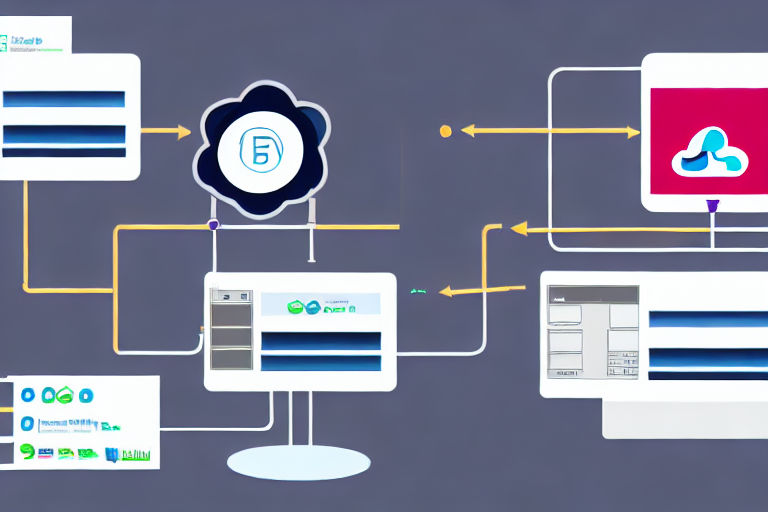Deploying Your Ruby on Rails Application on a Production Server: Tips and Tricks
Deploying a Ruby on Rails application on a production server can be a daunting task, especially for those who are new to the field. In this article, we will discuss some tips and tricks that will help you deploy your Ruby on Rails application on a production server with ease.
Choose the Right Hosting Provider
The hosting provider you choose can greatly affect the performance of your application. Therefore, it is crucial to choose the right hosting provider for your Ruby on Rails application. There are some hosting providers that specialize in Ruby on Rails hosting, such as Heroku, Digital Ocean, and Linode. These providers have well-documented guides and tutorials that make deployment easier for you.
Optimize Your Application for Performance
Before deploying your application on a production server, it is important to optimize it for performance. This involves optimizing your code, database queries, and images. Optimizing your code will make your application faster and more efficient, which will result in a better user experience. You can use tools like Google PageSpeed Insights to analyze your website speed and find areas for improvement.
Use a Load Balancer
A load balancer is a server that distributes incoming traffic across multiple servers, which helps to distribute the load and prevent any one server from being overwhelmed. Using a load balancer can greatly improve the scalability and reliability of your application. popular load balancers include Nginx and Apache.
Make Use of Caching
Caching is a technique for temporarily storing frequently accessed data in memory or on disk. This can greatly improve the performance of your application, as it reduces the need to generate the same content repeatedly. Using caching can help you reduce query times, server load, and bandwidth usage. You can use tools like Redis or Memcached to implement caching in your application.
Monitor Your Application
Once your application is deployed, it is important to monitor it regularly to ensure that it is running smoothly. This involves monitoring the server, application, database, and network. There are several tools that can help you monitor different aspects of your application, such as Nagios, New Relic, and Pingdom.
Conclusion
Deploying a Ruby on Rails application on a production server can be challenging, but with the right tips and tricks, it can be done with ease. By choosing the right hosting provider, optimizing your application for performance, using a load balancer, making use of caching, and monitoring your application, you can ensure that your application runs smoothly and efficiently.





